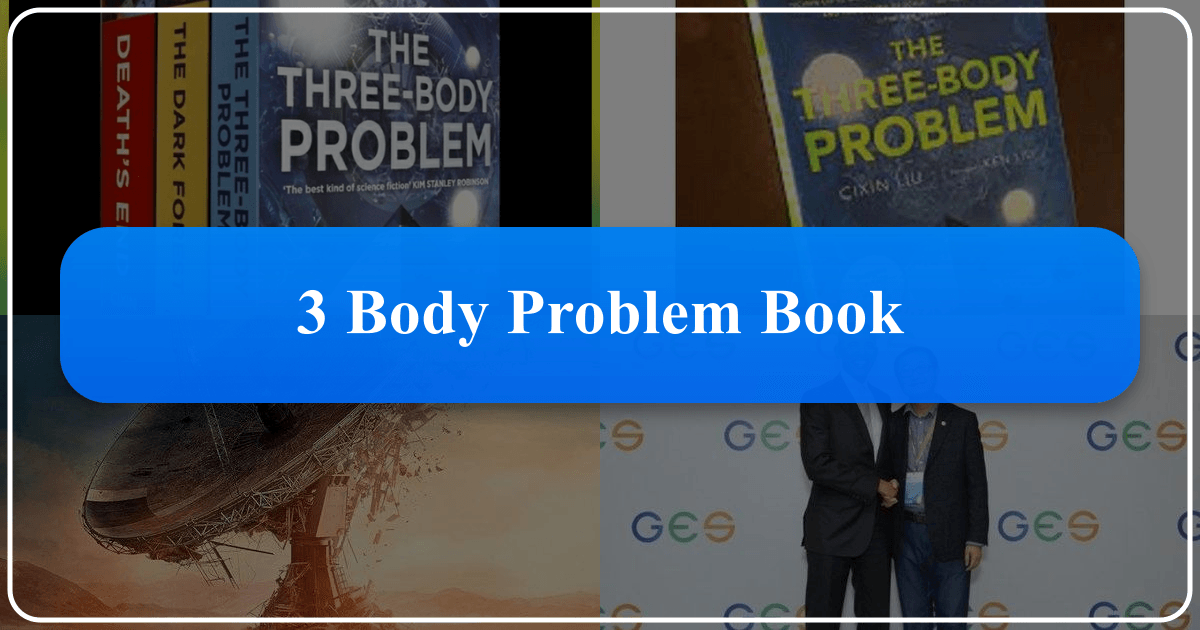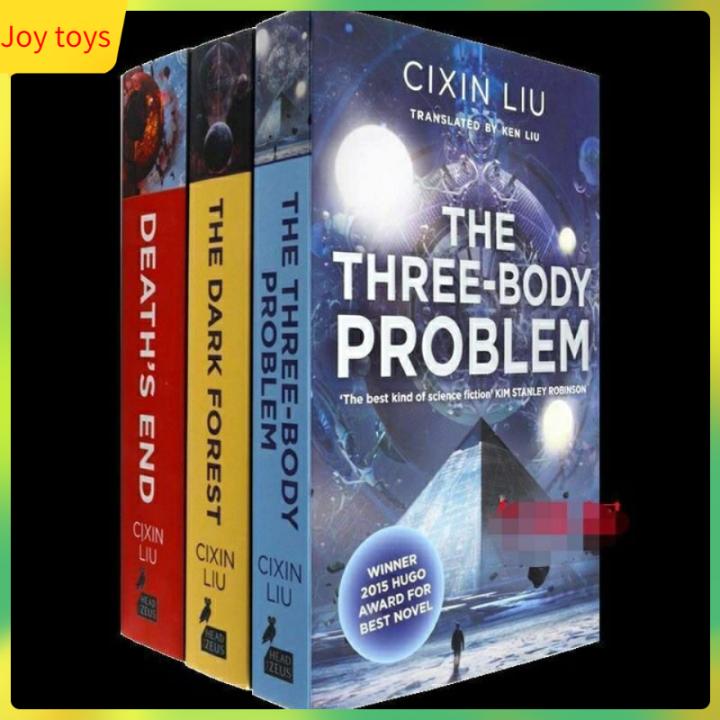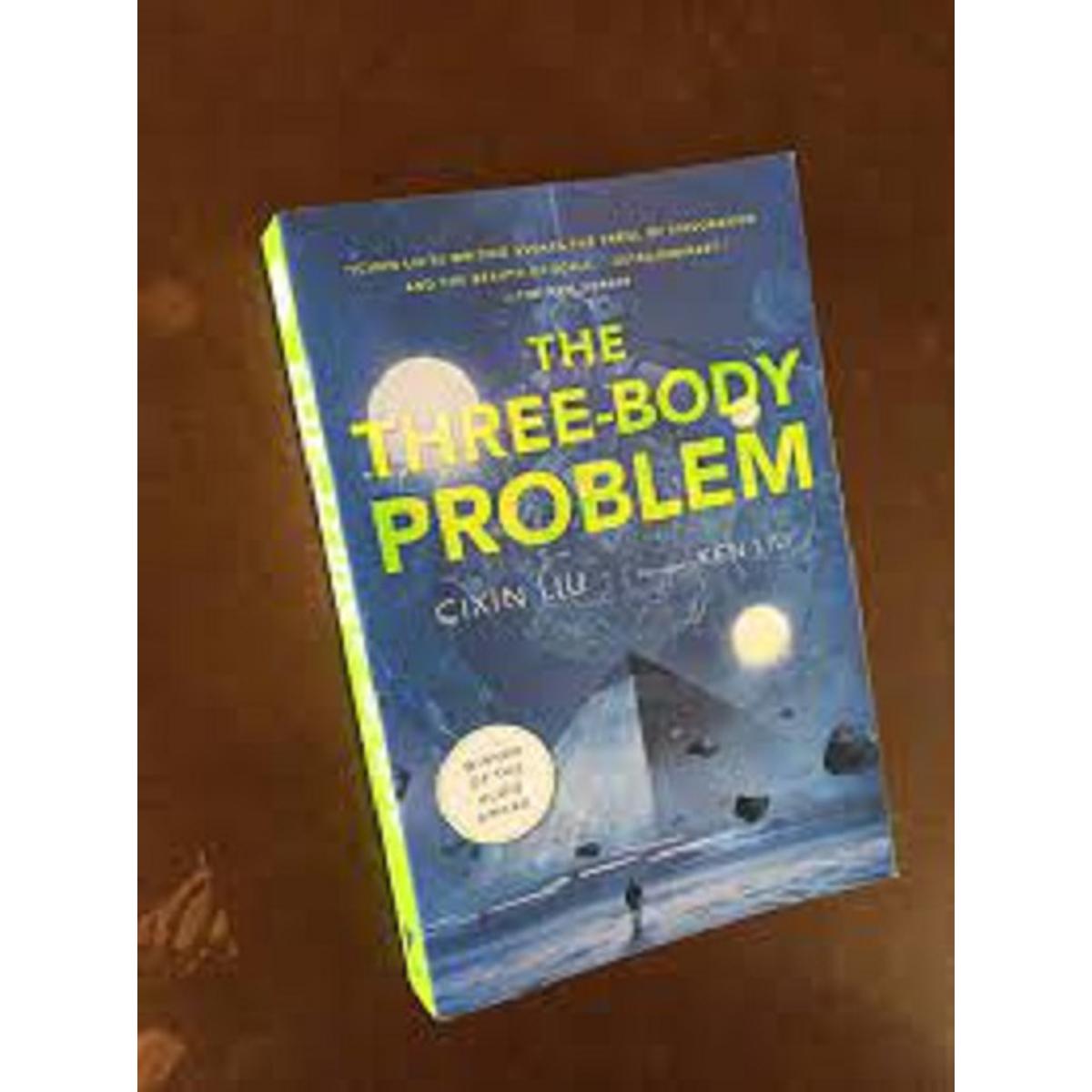The Three-Body Problem: A Deep Dive into Cixin Liu's Sci-Fi Masterpiece

Cixin Liu’s The Three-Body Problem, the first book in the Remembrance of Earth’s Past trilogy, has captivated readers worldwide with its intricate blend of hard science fiction, political intrigue, and philosophical depth. This exploration delves into the novel’s various aspects, examining its genre, cultural impact, literary merit, and the enduring legacy it has created.
Genre and Literary Classification
The Three-Body Problem transcends simple genre categorization. While firmly rooted in science fiction, particularly hard sci-fi due to its detailed exploration of astrophysics and cosmology, it incorporates elements of other genres. The narrative structure weaves together multiple timelines, shifting between the Cultural Revolution in China and a near-future setting, creating a suspenseful and multifaceted story. The novel also delves into philosophical questions concerning the nature of humanity, the ethics of first contact, and the potential dangers of technological advancement. This multi-layered approach makes it a complex and rewarding read for various audiences. Its exploration of the “three-body problem” in physics provides a unique scientific backdrop, while the overarching plot involving an impending alien invasion adds thrilling suspense. The novel’s incorporation of historical context, particularly the Cultural Revolution, also gives it a unique sociological element.

The Unique Blend of Hard Sci-Fi and Social Commentary
While classified as hard science fiction due to its accurate depiction of scientific concepts like the three-body problem, the novel seamlessly integrates social commentary. The backdrop of the Chinese Cultural Revolution isn’t merely a setting; it’s a crucial element that shapes the protagonist’s motivations and worldview. The political turmoil and suppression of intellectual freedom serve as a powerful contrast to the vastness of space and the potential for both utopian and dystopian futures. This makes The Three-Body Problem a richer, more complex narrative than a purely science-focused story.
Author and Influences
Cixin Liu, the author, is a prominent figure in Chinese science fiction, celebrated for his ambitious scope and imaginative storytelling. His engineering background informs the technical accuracy of the novel, making the science integral to the plot rather than merely a backdrop. Liu’s writing draws inspiration from Chinese history and culture, imbuing the narrative with a unique perspective distinct from traditional Western science fiction.
Cixin Liu’s Writing Style and Inspirations

Liu’s writing style is characterized by its detailed descriptions of scientific concepts, often presented in a clear and accessible manner, even when dealing with complex topics. He effectively blends these scientific elements with a gripping narrative that keeps readers engaged. While his characters might be less fleshed-out than in some Western narratives, their actions and motivations stem from realistic reactions to the extraordinary circumstances presented. His use of metaphor and symbolism enriches the narrative, prompting readers to consider profound philosophical questions alongside the scientific elements. The profound impact of the Cultural Revolution on Chinese society and its intellectuals is a recurring theme, clearly shaping his perspective.

Reading and Learning from The Three-Body Problem
The novel offers much beyond entertainment. It provides readers with a fascinating insight into Chinese history and culture, especially the devastating effects of the Cultural Revolution. The detailed explanations of scientific concepts make it an educational experience, expanding readers’ understanding of astrophysics, cosmology, and nanotechnology. Furthermore, the novel provokes deep philosophical reflection on the nature of humanity, the search for extraterrestrial life, and the potential consequences of technological advancements.
Educational Value and Life Lessons
The novel’s educational value lies in its accessibility in presenting complex scientific theories. While the science is rigorous, it’s explained in a way that allows non-scientists to grasp the core ideas. Furthermore, the historical backdrop of the Cultural Revolution offers a valuable lesson in the potential dangers of political extremism and the suppression of intellectual freedom. The philosophical implications explored in the book challenge readers to consider humanity’s place in the universe and its future prospects. The narrative’s exploration of morality and the choices individuals make in the face of unimaginable challenges provides crucial life lessons.
Themes of Existential Threat and Human Nature
The overarching theme of an impending alien invasion serves as a powerful metaphor for existential threats, prompting reflections on humanity’s response to such challenges. The story explores how different individuals and groups react—some embracing collaboration, others resorting to conflict or despair. This exploration of human nature under pressure adds a layer of complexity and emotional depth to the narrative. The Trisolaran civilization’s struggle for survival amidst a hostile environment further emphasizes these themes, inviting readers to contemplate their own values and priorities.
Libraries and Accessibility
The Three-Body Problem is widely available in various libraries, both physical and digital. Its popularity has ensured its inclusion in numerous public library collections, and its digital versions can be easily accessed through online platforms. While it may not be present in every rare book collection, its status as a modern science fiction classic means that it likely resides in many specialized science fiction archives.
Digital Libraries and Accessibility
The digital accessibility of The Three-Body Problem has contributed significantly to its widespread popularity, particularly amongst younger readers. Electronic versions are widely available on platforms like Amazon Kindle, and this makes the book accessible to a wider audience, overcoming geographical limitations and promoting increased readership.
Cultural Impact and Legacy
The Three-Body Problem has significantly impacted science fiction and Chinese literature. Its numerous awards, including the Hugo Award, have elevated its status as a modern masterpiece. The novel has spurred adaptations into other media, such as television series, further expanding its reach and cultural impact. The discussion and debate it generates regarding its themes and scientific concepts create vibrant online communities and facilitate intellectual discourse.
Literary Influence and Adaptations
The novel’s influence is evident in the growing interest in Chinese science fiction and the increasing number of translations of works from this rich literary tradition. Its success has paved the way for more Chinese authors to be recognized internationally, expanding the scope and diversity of the science fiction genre. The adaptations into other media serve as a testament to the novel’s enduring appeal and its capacity to transcend linguistic and cultural boundaries. The Netflix adaptation, in particular, has created renewed interest and sparked widespread conversations about its themes and interpretations.
Awards and Communities
The Three-Body Problem’s Hugo Award win for Best Novel is a significant accomplishment, underscoring its critical acclaim. This award, coupled with numerous other accolades, has further cemented its place in science fiction’s canon. The book has also fostered the growth of online communities dedicated to discussing its themes, interpretations, and scientific concepts. This dynamic online interaction enhances the reading experience and expands the book’s intellectual legacy. The ongoing discussions surrounding the work create a vibrant space for intellectual exchange and diverse perspectives.
In conclusion, The Three-Body Problem stands as a monumental achievement in science fiction. Its exploration of complex scientific and philosophical themes, interwoven with a gripping narrative and a unique cultural context, has secured its place as a modern classic. Its continued impact on literature, popular culture, and global literary discussions ensures its enduring legacy.